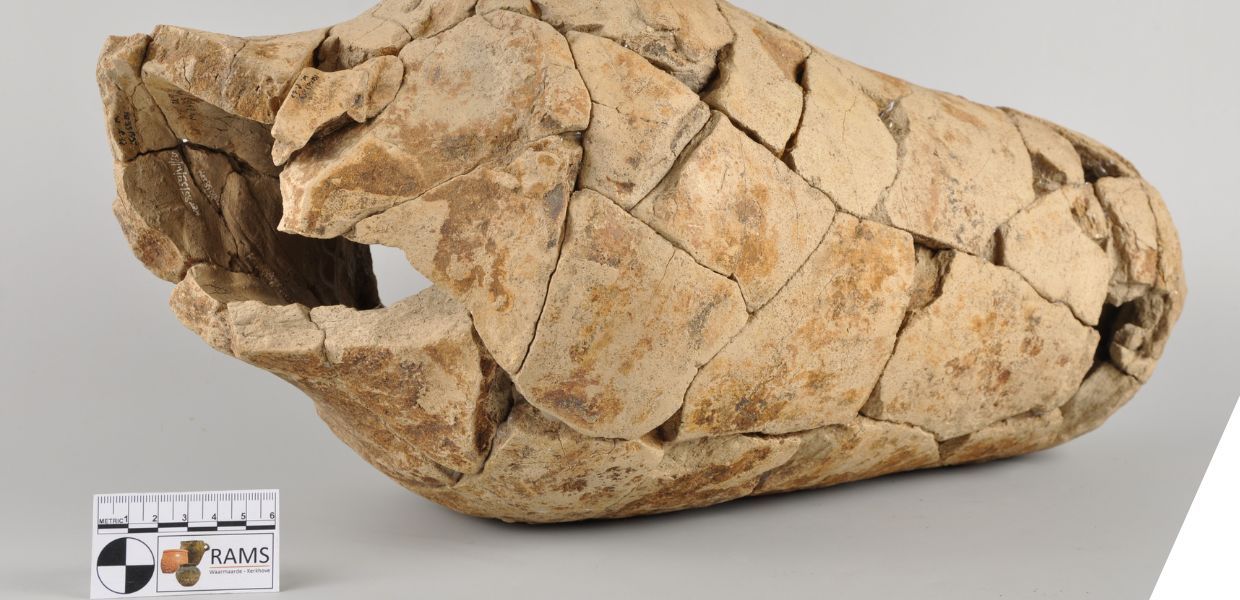3D digitisation with EUreka3D
As all the collections the RAMS holds are archaeological, we want to make them accessible for research. Our goal is to digitise all assets, including the heritage collections and original documentation, description and with a variation of 2D/3D documentation and to make them available for the public.
The effort to produce and manage the complex digital content of archaeological objects is time‑consuming and challenging. As a small regional museum with limited resources, collaborating with, and having easy access, to durable digital infrastructures is crucial. This particularly applied to our 3D digitisation programme, where we decided to use the sustainable platform developed by the EUreka3D project. It offered us broad possibilities to share the assets and associated (meta-, para-)data of our collections to a variety of users. The Museum got in touch with the project thanks to the interaction from the shared network of collaborators and engaged stakeholders who participated in the project.
Converting a selection of archaeological objects into 3D models was initiated within a digitisation project of the Flemish Government: Digit all Tegoare (West Flemish for Digitizing all Together). We used two straightforward methods: Structure from Motion (SfM) Photogrammetry and Structured Light scanning.
For each method and applied processing procedure (such as type of software) we documented the information in a paradata file, which was uploaded and shared together via the EUreka3D’s Data Hub. Being able to rely on two different acquisition systems makes it possible to keep the heritage object central in the decision making, and to select the best technique for the challenge each time, in particular with regard to their dimensions and condition.

